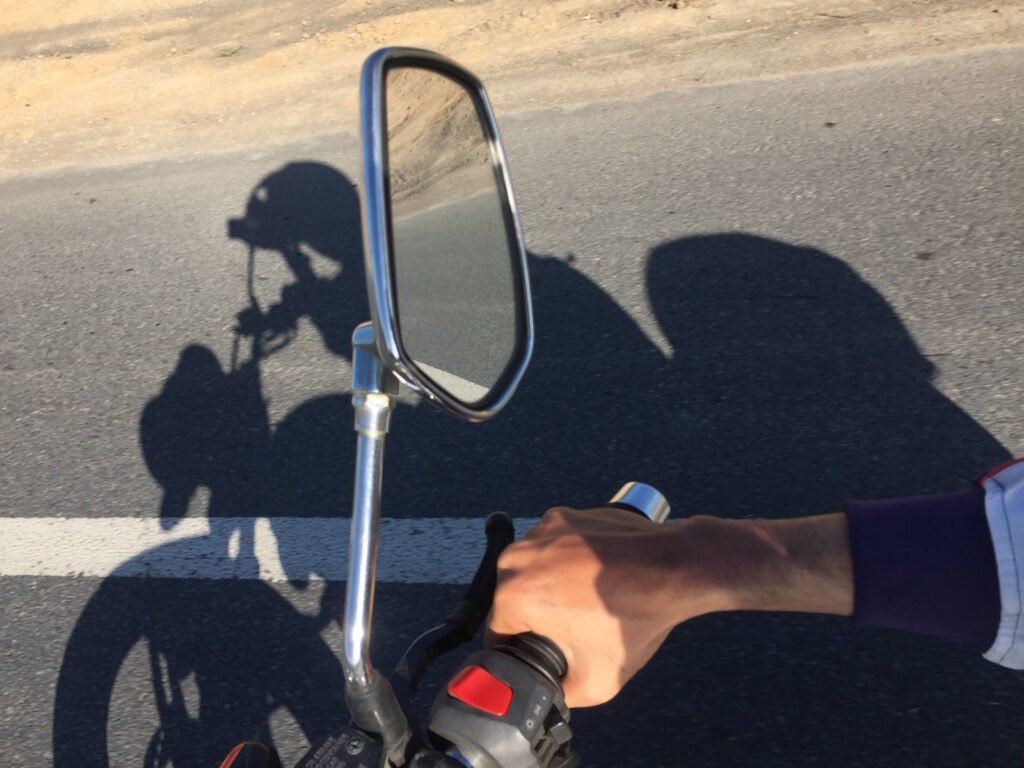Vibrating mirrors are more than just a minor annoyance. They can become a serious safety hazard while riding. A blurry rearview can prevent you from spotting traffic, obstacles, or even law enforcement in time. Fortunately, there are some simple and effective ways to reduce or permanently fix shaking mirrors without the need for expensive upgrades or complex modifications.
1. Tighten All Mirror and Handlebar Fasteners
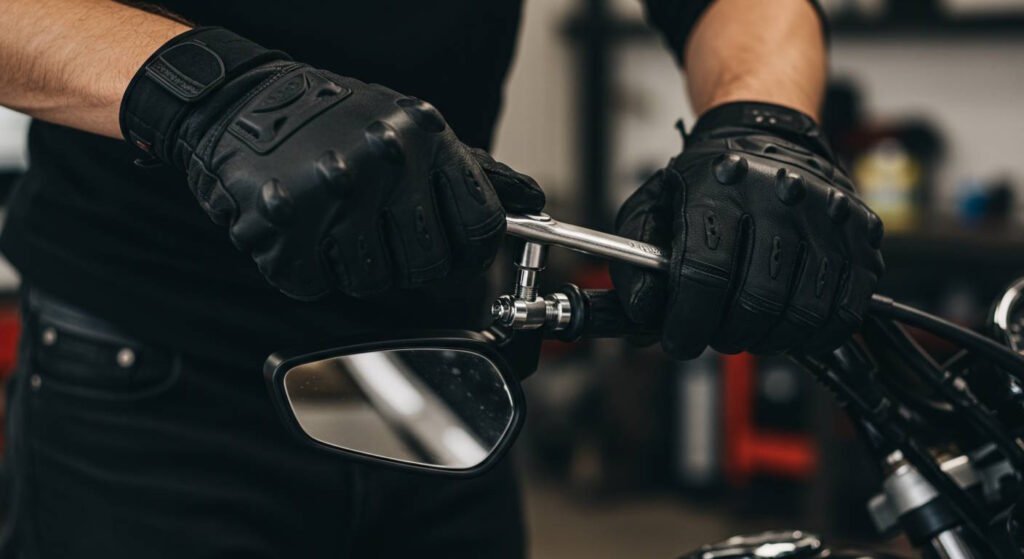
Most common cause of mirror vibration are Loose bolts. Use the appropriate tools to ensure that your mirrors, stalks, and handlebar mounts are securely fastened. Regularly check these components to prevent future issues.
2. Add Bar-End Weights
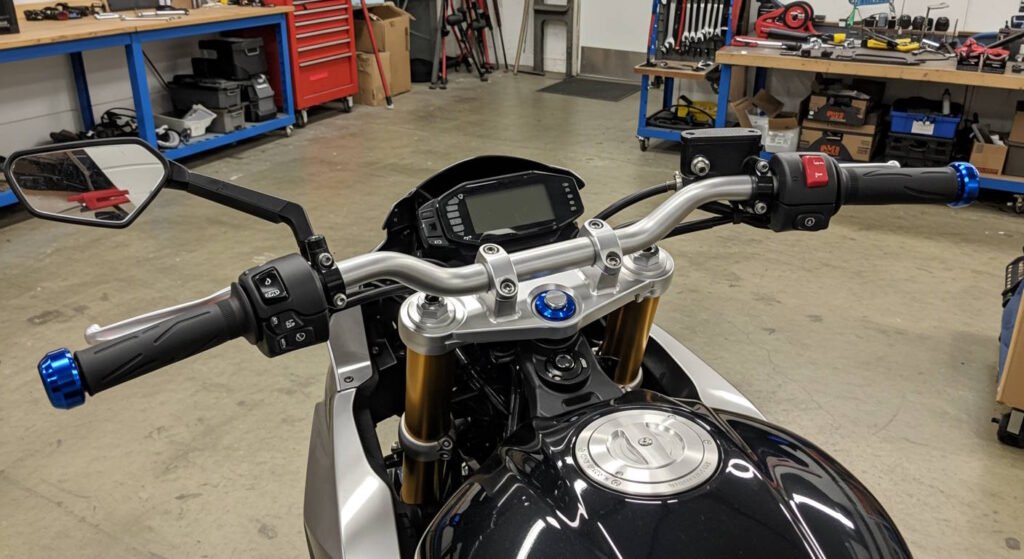
Bar-end weights act as counterbalances, absorbing and reducing handlebar vibrations that can lead to shaky mirrors. They come in various sizes and designs, so choose ones that fit your bike’s style and needs.
3. Use Anti-Vibration Mounts or Rubber Washers

Installing rubber grommets or anti-vibration mounts between the mirror base and the handlebar can cushion vibrations, leading to a clearer view. This is a cost-effective solution that many riders have found helpful.
4. Check and Adjust the Handlebars
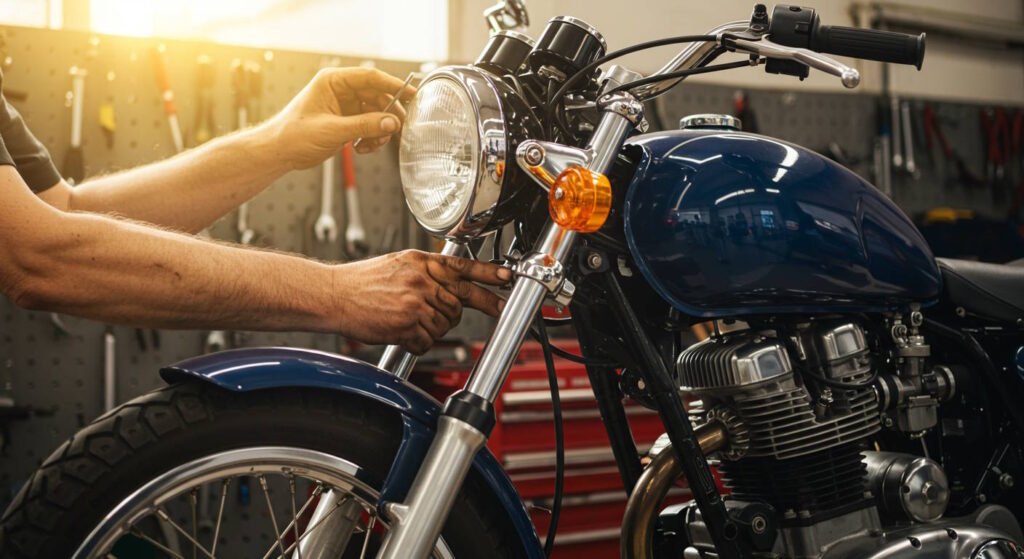
Excessive handlebar vibration might not always be related to the mirrors. Issues like unbalanced tires, misaligned wheels, or engine problems can cause the handlebars to shake, which can then affect the mirrors. Every day, do a quick motorcycle inspection to Make sure your bike is well-maintained, and address any underlying mechanical issues to reduce overall vibrations.
5. Upgrade to High-Quality Mirrors
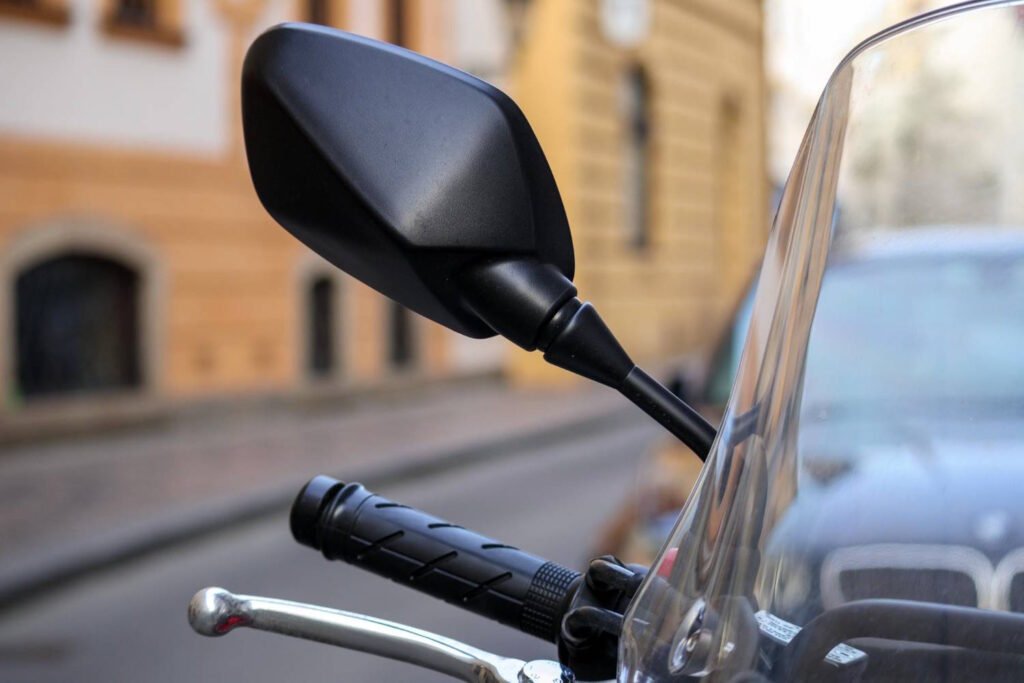
If you’ve tried all the adjustments and still face issues, it might be time to invest in higher-quality mirrors. Premium mirrors are designed with anti-vibration technology, such as more robust mounts or built-in dampening features, making them less prone to shaking. Opt for mirrors that are specifically designed to resist vibrations.
6. Adjust Your Riding Position for Comfort

Sometimes, your riding posture can contribute to vibrations. For instance, holding the handlebars too tightly can amplify vibrations, leading to shaky mirrors. A relaxed grip can help minimize this issue, making for a smoother ride.
7. Install Handlebar Dampeners for Extra Vibration Absorption

Handlebar dampeners are another great option for reducing vibrations. These are typically installed inside the handlebars, where they absorb vibrations from the engine and road before they reach the mirrors. Handlebar dampeners can make a significant difference, especially if you frequently ride on rough or uneven terrain.
8. DIY Tuned Mass Dampers
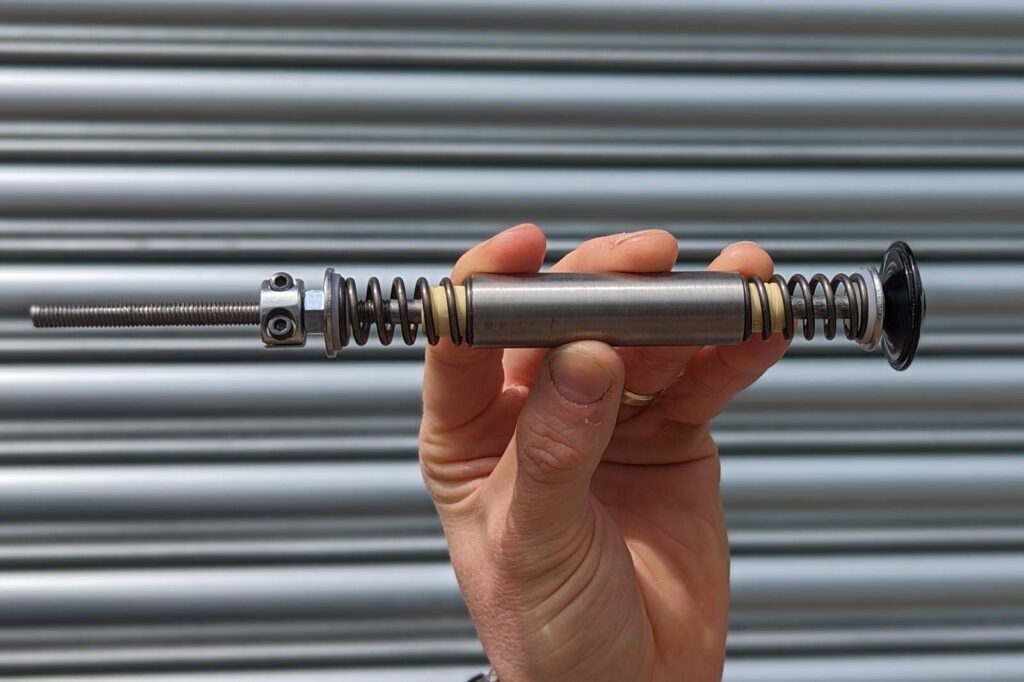
For the technically inclined, creating a tuned mass damper can be an effective solution. This involves attaching a weight to the mirror stalk that oscillates at the same frequency as the unwanted vibration, thereby canceling it out. One rider successfully used a carbon fiber spar and PVC tubing to achieve this effect.
9. Inspect and Secure All Motorcycle Components

Apart from the mirrors, loose parts on your motorcycle can contribute to excessive vibrations. Regularly inspect your bike, ensuring all components are securely fastened. Addressing any loose parts can help create a smoother, more stable ride, which in turn reduces mirror vibrations.
Conclusion
Vibrating mirrors can be a nuisance, but with these solutions, you can significantly reduce or eliminate the problem. From tightening screws and installing bar-end weights to upgrading to anti-vibration mounts, there are multiple ways to ensure a stable, clear rearview. Maintaining your motorcycle and making small adjustments can lead to a more comfortable and safe riding experience.

